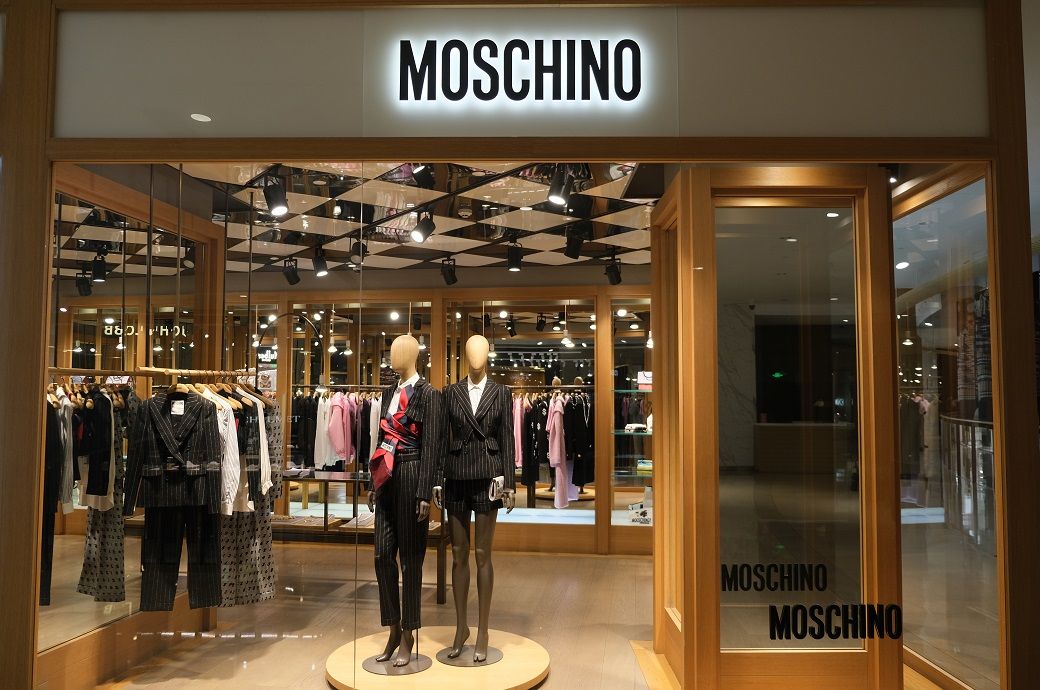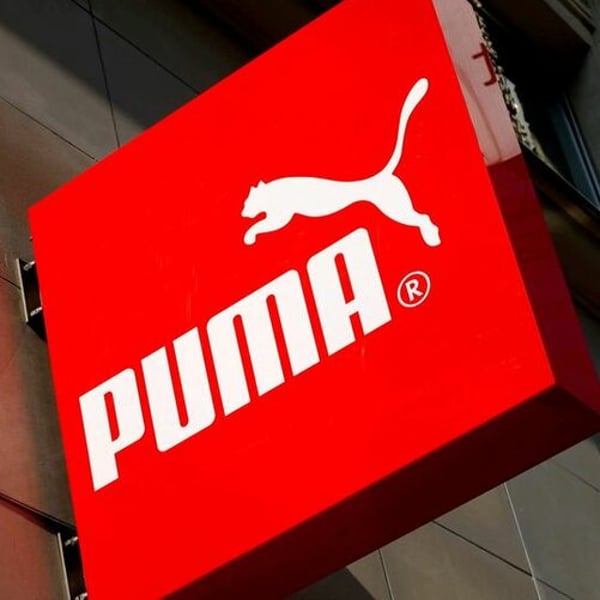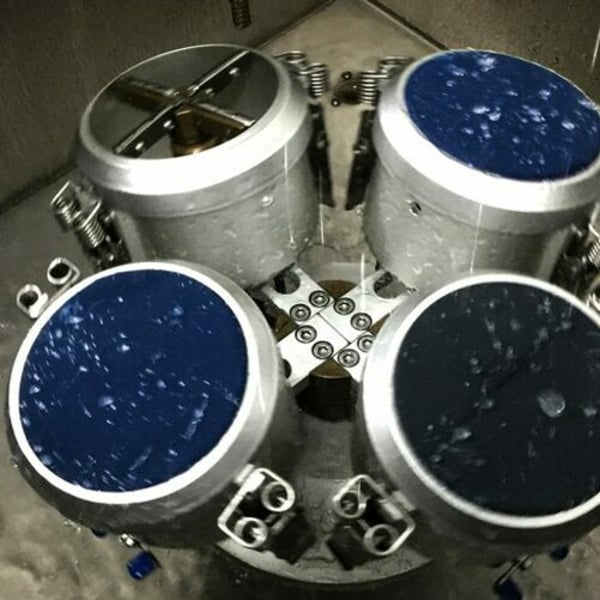By
Reuters
Published
May 9, 2025
In a garment center in southern India, RK Sivasubramaniam is sending Walmart and Costco requests that they wish to dodge the highest rates of the United States faced by Asian rival suppliers, Bangladesh and China. But the ranks of inactive sewing lines in their factory and exposed its greatest challenge.
“Even if orders arrive, we need labor. We do not have enough labor,” said Balsa garments managing that provides underwear and shirts with a price as low as $ 1 for US brands.
Considered by the Point Clothing capital of India, the city of Tangupur, in the southern state of Tamil Nadu, represents almost a third of the $ 16 billion of the country in exporting exports, and is looking at a great opportunity while US buyers explore the supply of India against heavier rates in other Asian roofs.
The president of the United States, Donald Trump, plans to hit India, the sixth largest exporter of textiles and clothing in the world, with a rate of 26% in July, below the 37% imposed on Bangladesh, 46% in Vietnam and 145% in China, all of which are larger US suppliers.
These tariffs will make India's clothes much more competitive with Bangladesh and China.
But mood is gloomy in the Textile Park of Tharuppur, since it faces a verification of reality: India's hopes to capitalize on its tariff advantage are hindered by a qualified work crunch, limited economies of scale and high costs.
RAFT GARMENTS wants to expand production to address new orders, but high -end machines are importing to automate some sewing processes, since the business for now depends largely on migrant labor, which is very difficult to find or retain.
Exporters of clothing in India say that workers must be trained and many go in a few months to work in smaller and disorganized units that allow more hours and pay more. Larger manufacturers cannot match them due to the requirements of foreign clients about the cost and conditions of workers, according to reuters interviews with 10 manufacturers and commercial groups of clothing exporters representing 9,000 companies.
Prime Minister Narendra Modi has courted foreign investors to its “Make In India” program to convert the South Asia Nation into a global manufacturing center. The shortage of workers qualified in a nation where 90% of the workforce operates in the informal sector is considered a great obstacle, especially in laboratory intensive sectors such as garments.
Taruppur offers a vision of India's work tension.
“We need at least 100,000 workers,” said Kumar Duraiswamy, of the Association of Exporters in Tarupur, where he said that more than 1 million people are currently working.
Modi's government last year said it was extending a program to specifically train 300,000 people in textile -related skills, including clothing manufacturing.
In the textile center, some have taken matters in their own hands.
In the middle of a buzzing of sewing machines in the Blossom cotton factory, which manufactures 1.2 million garments per month, even for the retailer of American sports articles Bass Pro Shops, Naveen Micheal John said he has established three centers to thousands of miles away to train and source to migrant workers.
And even then, most return to their hometown after a few months.
“The skills there for three months, then are here for seven months. Then they return,” John said during a tour of his pledge unit, adding that he wants to see other states where labor and government incentives can be better.
The $ 16.5 billion of China's clothing exports, the $ 14.9 billion of Vietnam and the $ 7.3 billion of Bangladesh made them the three largest suppliers in the United States in 2024, when India sent products worth $ 4.7 billion, according to data from the United States government.
American companies have been diversifying their supply chains beyond China in geopolitical tensions. And even before the news of the tariffs in April, the Bangladesh clothing industry began to lose its brightness in the midst of political agitation there.
A survey of 30 leading American clothing brands by the United States Fashion Industry Association showed that India had become the most popular supply center in 2024, with almost 60% of respondents who plan to expand the supply there.
With rates, India's exports would cost $ 4.31 per square meter of clothing, compared to $ 4.24 for Bangladesh and $ 4.35 for China, an acute improvement in the competitiveness of India without the levies, according to the reuters calculations based on import data 2024 of the US Office of the USA.
But it is in the economies of scale where India loses.
The Bangladesh Garment Manufacturers and Exporters Association says that an average garment factory has at least 1,200 workers, while in India, according to its apocistas export promotion council, there are only 600 to 800.
“Bangladesh's capabilities are huge … we have capacity restriction problems, lack of scale economy due to the lowest size of the factories, the lack of job availability during the peak seasons,” said Mithileshwar Thakur of the Indian commercial group.
To address these challenges, garment manufacturers have begun to establish factories in the states from migrant workers, he said.
In Tangupur, its export association says that the 100 largest exporters contributed 50% of their sales of $ 5 billion the last fiscal year, with the rest of 2,400 units, a revealing sign of fragmented operations and largely on a smaller scale.
RAFT wins 12 million pieces of clothing a year with a workforce of only 250 people. An American client is close to making an order for 3 million units, which will extend the factory to its limit and force it to consider the expansion.
“This order is more than enough for us,” said Sivasubramaniam.
The data of the Ocean Audit shipping consultants showed that Walmart imported 1,100 containers of home and clothing items between April 2 and May 4 from India, almost the same period of the same period last year, including cotton shirts and maxi pleated skirts.
In a statement, Walmart said it obtains more than 70 countries around the world, since its goal is to find the correct combination of suppliers and products.
While American retailers present more consultations in Tarupur, price negotiations remain controversial due to greater work and other costs.
Indian broker Avendus Spark said in March, Bangladesh's cost was $ 139 per month, compared to the $ 180 of India and China's $ 514.
P. senthilkumar, a main partner of the Vector Consulting Group of India, said that India had more strict rules for overtime policies and workers' changes, further increasing costs.
In Dhaka, Anwar-Ul-Alam Chowdhury of Evince Group said that most of his American buyers were staying with Bangladesh, given the “great production capacity, the lowest costs and reliable quality give us a clear advantage.”
However, in India, Tipur exporters said they are in agitated conversations with many US clients who love Bangladesh's costs and are negotiating aggressively.
In Balu's exports of Walmart-Supplier, Mahesh Kumar Jegadeesan said that American clients had transmitted “we will not move the price” and we were willing to transfer some orders only if Indian exporters can match prices.
Within the nearby raft clothing factory, where women were reaping underwear, the smile on the face of the managing director Sivasubramaniam caused by 14 new commercial consultations of recent weeks faded quickly.
“Everyone wants us to match Bangladesh prices. The price is a big problem,” he said.
© Thomson Reuters 2025 All rights reserved.












